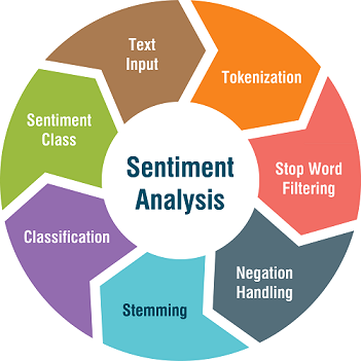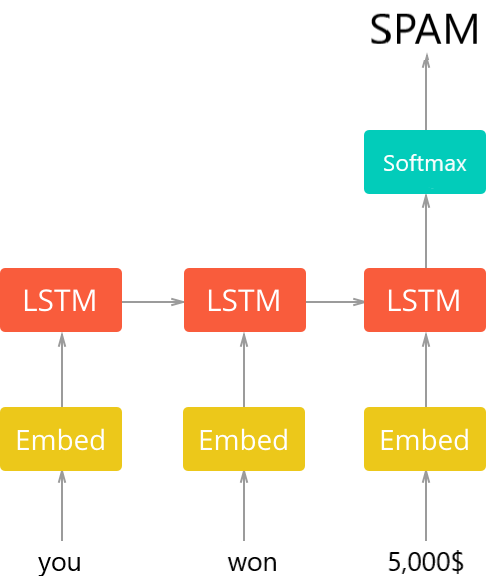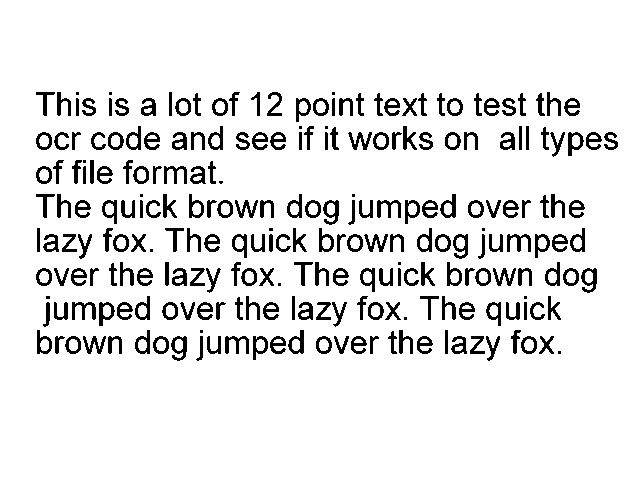Deep learning is one of the most popular areas of programming in recent years. It’s getting harder and harder to find a field that doesn’t use this new buzzword for a purpose. Speech and image recognition. Natural language processing. Big data. All of these areas have made major breakthroughs with the help of deep learning….
Stepwise development of deep convolutional neural networks to classify photos of dogs and cats Dogs vs. The CATS dataset is a standard computer vision dataset that involves classifying photos as containing dogs or cats. How does python identify cats and dogs? Although this problem sounds simple, it is only in recent years that deep learning…
A list and comparison of the best data collection and collection tools you can use, you can choose the one you need from this data collection tool leaderboard. Data collection includes collecting, storing, accessing, and using raw information. Which data collection tools are better to use? There are different types of data collection, namely quantitative…
How do I play a sound in Python? How to play audio using Python? Playing sound using a Python script is a simple task because the language contains many modules that play or record sound using scripts. By using these modules, you can play audio files such as mp3, wav, and other audio file types….
In this Python sentiment analysis tutorial, we help simplify sentiment analysis using Python. You’ll learn how to build your own sentiment analysis classifier using Python and learn the basics of NLP (Natural Language Processing). The promise of machine learning has shown many amazing results in various fields. Natural language processing is no exception, and it…
How does Python implement chatbots? Learn how to use the Huggingface Transformers library to generate conversational responses from pre-trained DialoGPT models in Python. Python for conversational AI chatbots: Chatbots have become very popular in recent years, and researchers are doing a good job of advancing conversational AI chatbots as interest in using chatbots for business grows. In…
ggplot2 is also known as graph syntax, and it is a free, open-source, easy-to-use visualization package that is widely used in R. It is the most powerful visualization package written by Hadley Wickham. It includes several layers to manage it. The layers are as follows: The building blocks of a layer The layers with variables…
Prerequisites: Clustering in machine learning What is Clustering? Clustering is an unsupervised machine learning technique that divides a given piece of data into different clusters based on its distance (similarity) from each other. The unsupervised k-means clustering algorithm sets the value of any point in a particular cluster to 0 or 1, i.e., true or false. However, fuzzy logic gives…
Use Tensorflow and Keras in Python to build deep learning models (using embedding and loop layers) for different text classification problems, such as sentiment analysis or 20 newsgroup classification. Python implements text classification using Tensorflow 2 and Keras – Text classification is one of the important and common tasks in supervised machine learning. It’s about assigning a category…
Learn how to use the Tesseract OCR library and pytesseract wrapper for optical character recognition (OCR) to convert text in images into digital text in Python. Python Image Text Recognition: Humans can easily understand the text content of an image just by looking at it. However, this is not the case for computers. They need…







